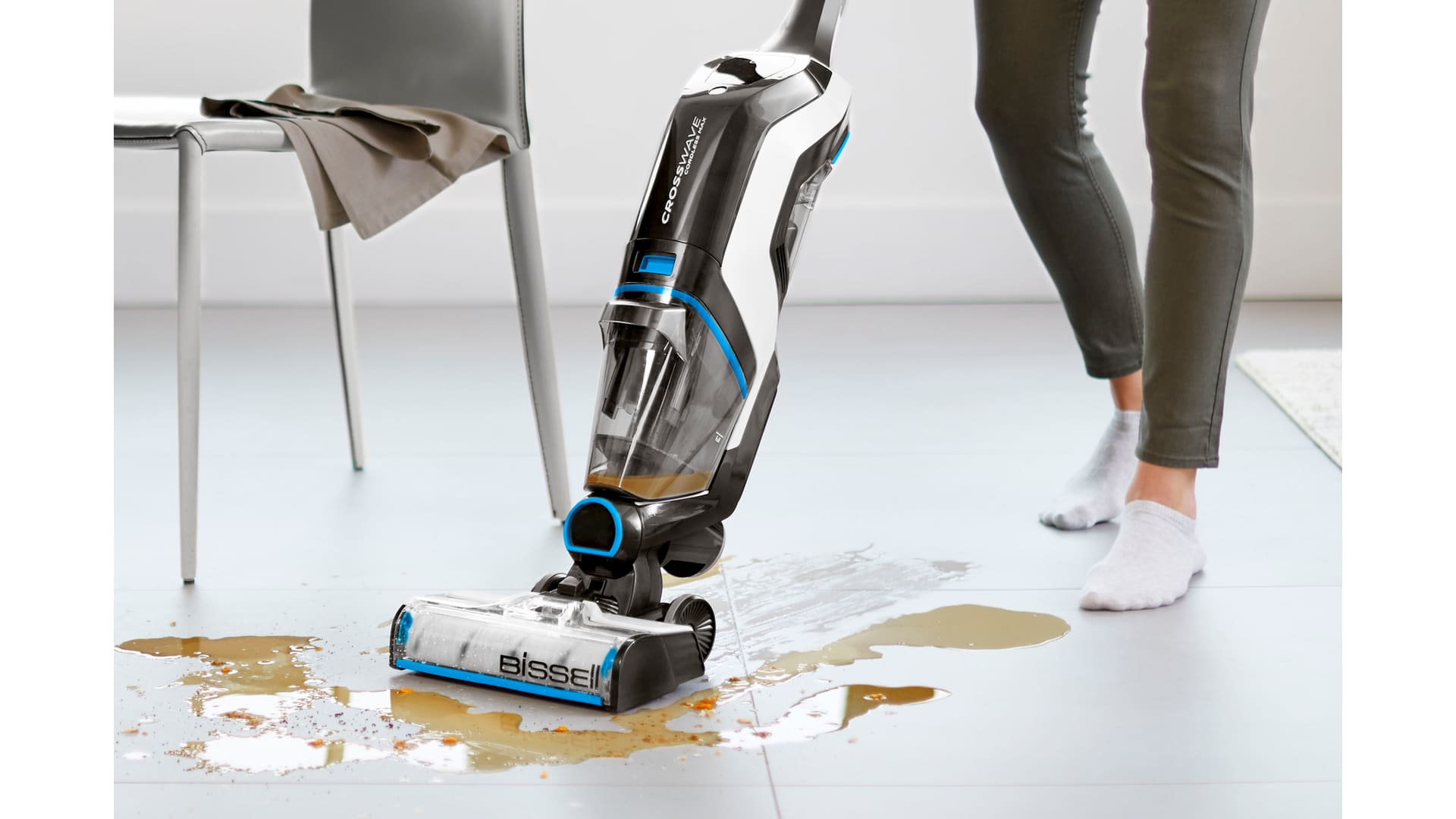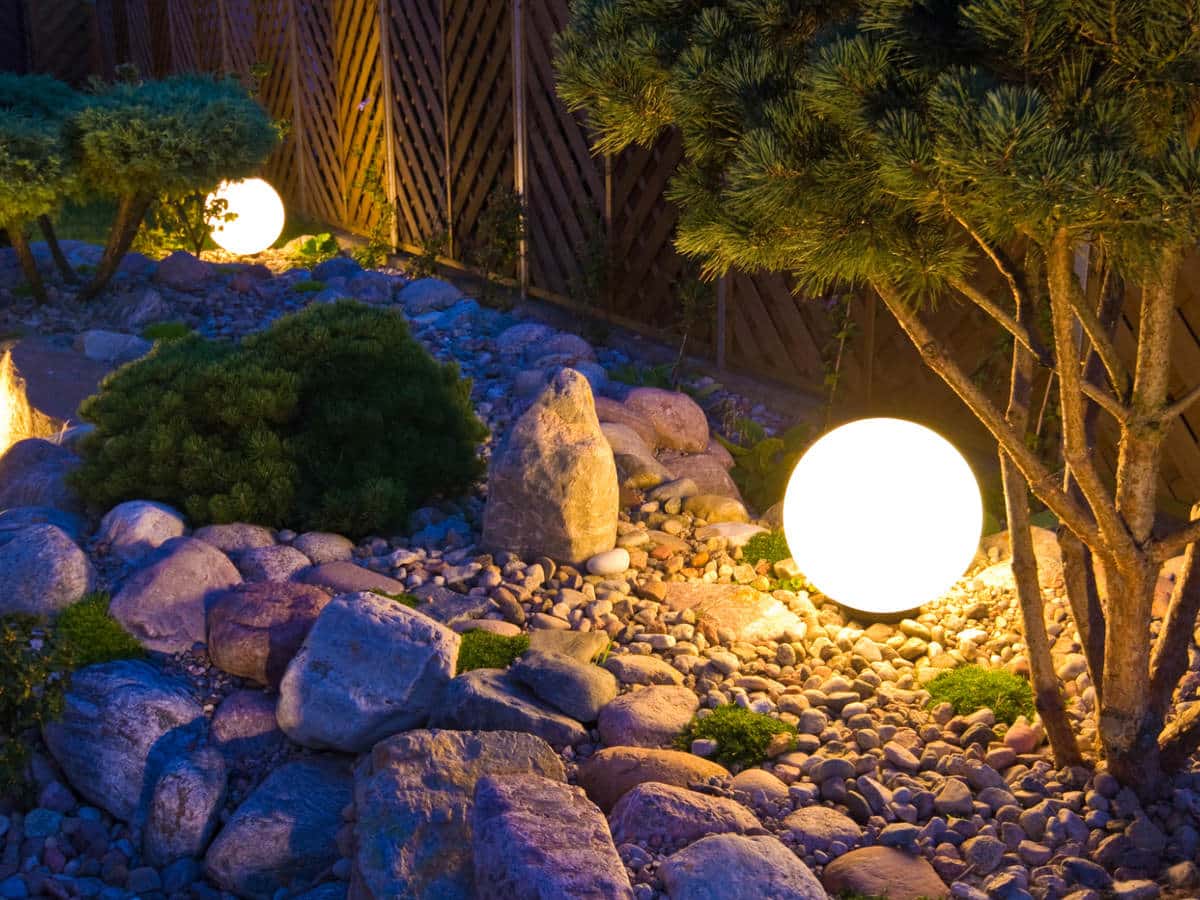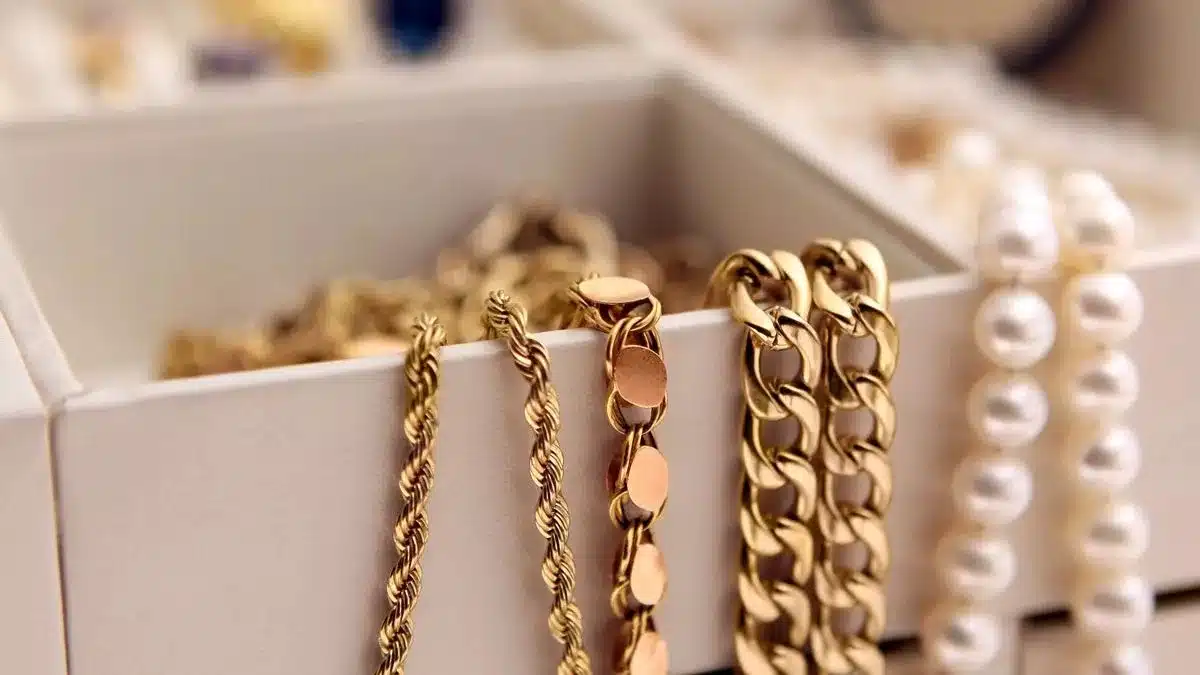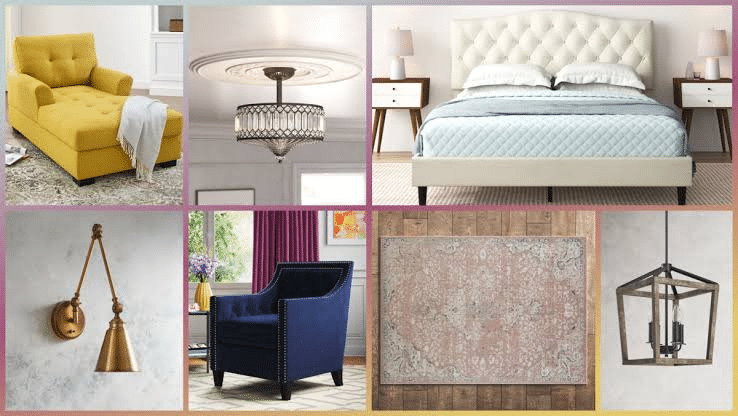Harmonizing Earthy Color Design With Aquariums: A Creative Interplay Of Natural Tones And Underwater Aesthetics
Aquariums hold a unique appeal as miniature worlds within our living spaces.
They have the power to transform the ambiance of a room, turning it into a tranquil oasis.
But beyond just being a home for fish, aquariums can become a centerpiece in earthy interior designs, providing a stunning interplay of natural tones and underwater aesthetics.
The key to this harmonious blend lies in the thoughtful selection and arrangement of aquarium plants, hardscape materials, and aquatic life.
In this journey, we delve into how these elements can be harmonized to create a soothing and natural design that echoes the raw beauty of our planet, thereby forging a deeper connection with nature right in your living room
Integrating Aquarium Plants Into Earthy Design Schemes
Aquariums are not just vessels to house marine life; they are dynamic landscapes that can significantly enhance the ambiance of a living space.
In particular, the plants within these aquatic ecosystems can breathe life into earthy color schemes, promoting a synergy between terrestrial and underwater aesthetics.
When designing your earthy interior, the first point of attention should be choosing suitable aquarium plants.
These should not only thrive in the aquatic environment but also align with your overall design concept.
The Importance Of Carpeting Aquarium Plants
Carpeting plants form a green blanket at the bottom of your tank, replicating a grassy meadow or a dense forest floor underwater.
While these plants don’t make their mark with vibrant colors, their shades of green effortlessly blend into earthy color schemes.
They create a soothing landscape that complements the warm, neutral tones commonly found in such schemes.
From a design perspective, carpeting plants offer both texture and depth.
They foster a sense of continuity between the aquarium and the rest of the space, especially when paired with indoor plants of similar hues.
If you have an open floor plan, the carpeting plants can subtly guide the viewer’s eye through the space, creating a seamless visual journey.
From an aquatic health standpoint, these plants not only enhance the aesthetics of your aquarium but also contribute significantly to the overall well-being of your aquatic inhabitants.
They help oxygenate the water, provide shelter, and contribute to maintaining a balanced ecosystem.
How To Choose The Right Aquarium Plants
Choosing the right aquarium plants for your design scheme isn’t just about their appearance. You need to consider their care requirements, growth rates, and the overall conditions of your aquarium.
Different species thrive under varying light levels, water parameters, and substrate types.
When working with an earthy color scheme, consider plants that feature different shades of green, from the vibrant bright greens to the deeper, almost olive tones.
Make sure you consider the fully grown size of the plants so they won’t overwhelm your tank or create too much shade for other inhabitants.
For a harmonious design, it can be beneficial to choose a variety of plants with different shapes and sizes.
Taller plants can be used as a backdrop, mid-sized plants for the mid-ground, and shorter ones, including carpeting plants, for the foreground.
Maximizing The Impact Of Aquarium Plants
Aquarium plants can be more than just residents of your tank. You can leverage their aesthetic power to create focal points, enhance lighting, and even influence perceived dimensions.
For instance, a thick cluster of plants can serve as a dramatic centerpiece in your aquarium, drawing the viewer’s gaze.
Strategically placed taller plants can create intriguing shadows or play with natural light.
And if you want to make your aquarium seem more profound than it is, you can arrange the plants in a way that they descend in height from back to front, creating an illusion of depth.
Utilizing Hardscape Materials For An Earthy Aesthetic
Beyond plants, hard-scape materials like rocks, driftwood, and sand play a critical role in creating a harmonious earthy design.
These elements are often overlooked but can make a powerful statement, embodying the rugged beauty of natural landscapes.
Selecting And Positioning Rocks And Driftwood
The choice of rocks and driftwood in your aquarium should reflect the tones and textures found in your earthy color scheme.
You might select a smoky gray slate that echoes the color of your walls or choose driftwood pieces that mimic the rough textures of a rustic wooden coffee table.
When positioning these elements in your aquarium, think about the balance and proportion.
Too many or too large pieces can make your aquarium look cluttered and disrupt the visual harmony.
Designing With Sand And Gravel
Sand and gravel can bring additional texture and color to your earthy design scheme.
They are available in various shades and grain sizes, allowing you to pick what best aligns with your aesthetic.
A dark gravel can add a sense of depth and drama to your aquarium, while a lighter sand can create a soothing, tranquil look.
Creating A Naturalistic Layout
When designing an earthy aquarium, aim to replicate the randomness and diversity of nature.
Instead of arranging your hardscape materials symmetrically, create visual interest by placing them asymmetrically.
Accentuating Earthy Tones With Aquatic Life
Aquarium plants and hardscape materials set the stage for an earthy design, but it’s the aquatic life that brings it to life.
The coloration, behavior, and movement of fish and other inhabitants can either enhance or detract from your earthy aesthetic.
Choosing Fish With Earth Tones
When populating your aquarium, look for species with colors that echo your earthy palette.
Fish with shades of brown, green, gold, or even subtle reds can create a beautiful interplay of tones with your plants and hardships.
Factoring In Behavior And Movement
Beyond color, consider the behavior and movement of your prospective inhabitants.
Some fish species prefer to dwell near the bottom, interacting with the hardscape and carpeting plants, while others are more likely to swim in the middle or upper water column.
Considering Other Aquatic Life
Don’t forget about other types of aquatic life, like snails, shrimp, or aquatic frogs.
They can add another layer of interest to your earthy design and contribute to maintaining a healthy ecosystem.
Final Remarks
In summary, creating an earthy aquarium design involves thoughtful selection and placement of plants, hardscape materials, and aquatic life.
When each element is carefully considered, the result is a tranquil and harmonious display that resonates with natural beauty.







